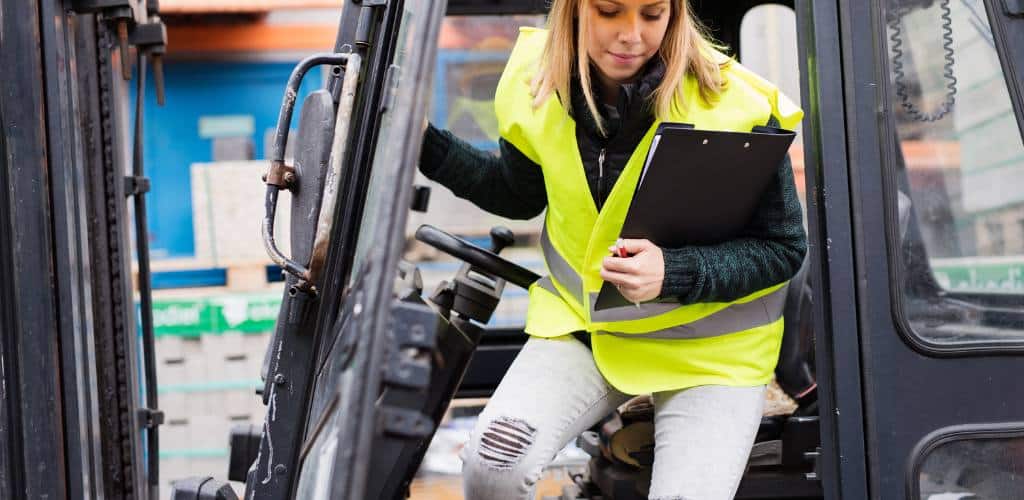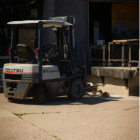Purchasing a second-hand forklift can be an economical choice for many businesses. However, the decision requires careful consideration and thorough inspection to ensure that the investment is sound and the equipment will serve its intended purpose without unexpected costs or safety issues. This guide provides essential insights into what to look for before buying second-hand forklifts, helping you make an informed decision and secure a reliable piece of machinery.
Mechanical Condition:
Start with inspecting the mechanical condition of the forklift. Check the engine, transmission, brakes, steering, and hydraulic systems for signs of wear or damage. Listen for unusual noises, look for leaks, and test the smoothness of operation. Ensure that all mechanical components are in good working order to prevent costly repairs down the line.
Mast and Forks Inspection:
The mast and forks are crucial for the forklift’s lifting capabilities. Examine these parts for any structural damage, such as cracks or bends. Test the lifting and lowering operations, and check for smooth movement without jerking or hesitation. The condition of the mast and forks can significantly impact the safety and functionality of the forklift.
Tires and Wheels:
Inspect the tires and wheels for wear, cuts, and overall condition. Forklift tires, especially, undergo considerable stress during operation. Ensure they are suitable for the type of terrain where the forklift will be used and have sufficient tread life left. Also, confirm that the wheels are properly aligned and free of damage.
Electrical System and Battery:
For electric forklifts, assess the condition of the battery and electrical system. A healthy battery is essential for optimal performance. Check for corrosion, ensure connections are secure, and inquire about the battery’s age and maintenance history. Faulty electrical systems can lead to operational failures and safety risks.
Safety Features:
Ensure that all safety features are present and fully functional. This includes lights, horns, seat belts, and any other manufacturer-recommended safety devices. The presence and condition of these features can not only affect the safety of the operator but can also reflect on the overall care and maintenance the forklift has received.
Service Records and History:
Review the forklift’s service records and history to understand how well it has been maintained. Regular maintenance and prompt repairs are indicators of a well-cared-for forklift. Service records can also highlight any recurring issues or significant repairs that have been performed, providing insight into potential future concerns.
Test Drive and Operation Check:
If possible, conduct a test drive to evaluate the forklift’s performance under real-working conditions. This will allow you to assess its operational efficiency, comfort, and ease of use. Pay attention to how it handles, accelerates, brakes, and lifts loads.
Overall Appearance:
While aesthetics are not the most crucial aspect of a forklift, the overall appearance can be telling. A clean, well-maintained forklift is more likely to have been taken care of properly than one that appears neglected. However, do not overlook mechanical integrity for superficial cleanliness.
Legal and Compliance Checks:
Ensure the forklift complies with all relevant local and national safety standards and regulations. This may include checking for a valid inspection certificate if required in your jurisdiction.
Buying second-hand forklifts can offer significant savings and provide value to businesses, but it’s essential to approach the purchase with diligence. By thoroughly inspecting the mechanical and structural condition, ensuring compliance with safety standards, and verifying the forklift’s maintenance history, you can make a confident and informed decision. Remember, investing time in the evaluation process can save you from potential operational headaches and financial losses in the future. With the right approach, a second-hand forklift can be a valuable addition to your fleet, supporting your business’s needs while keeping costs manageable.




